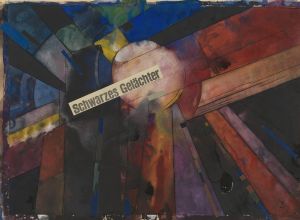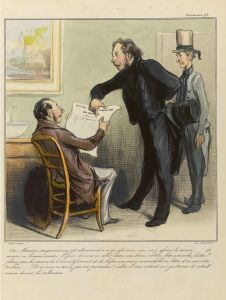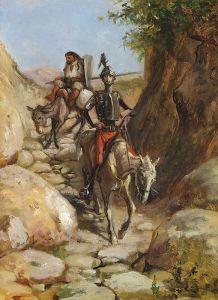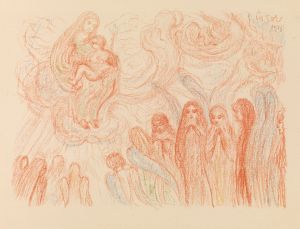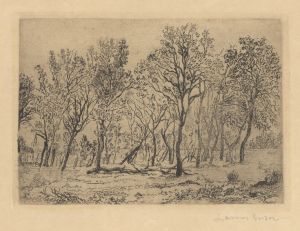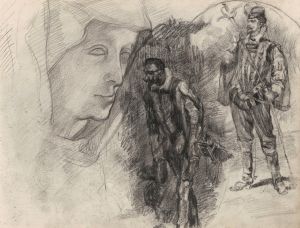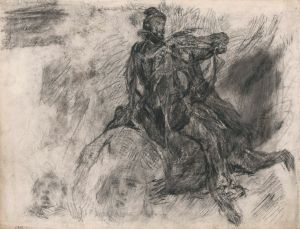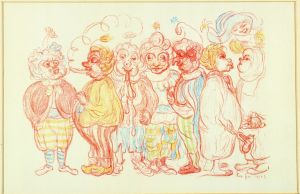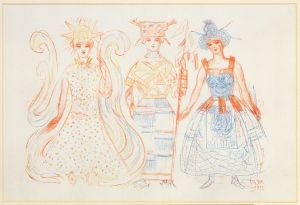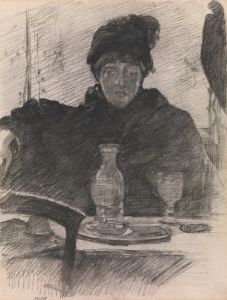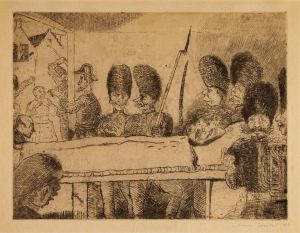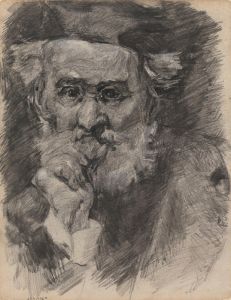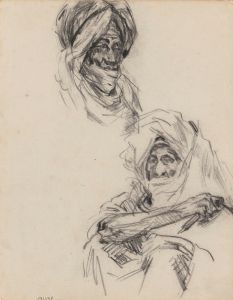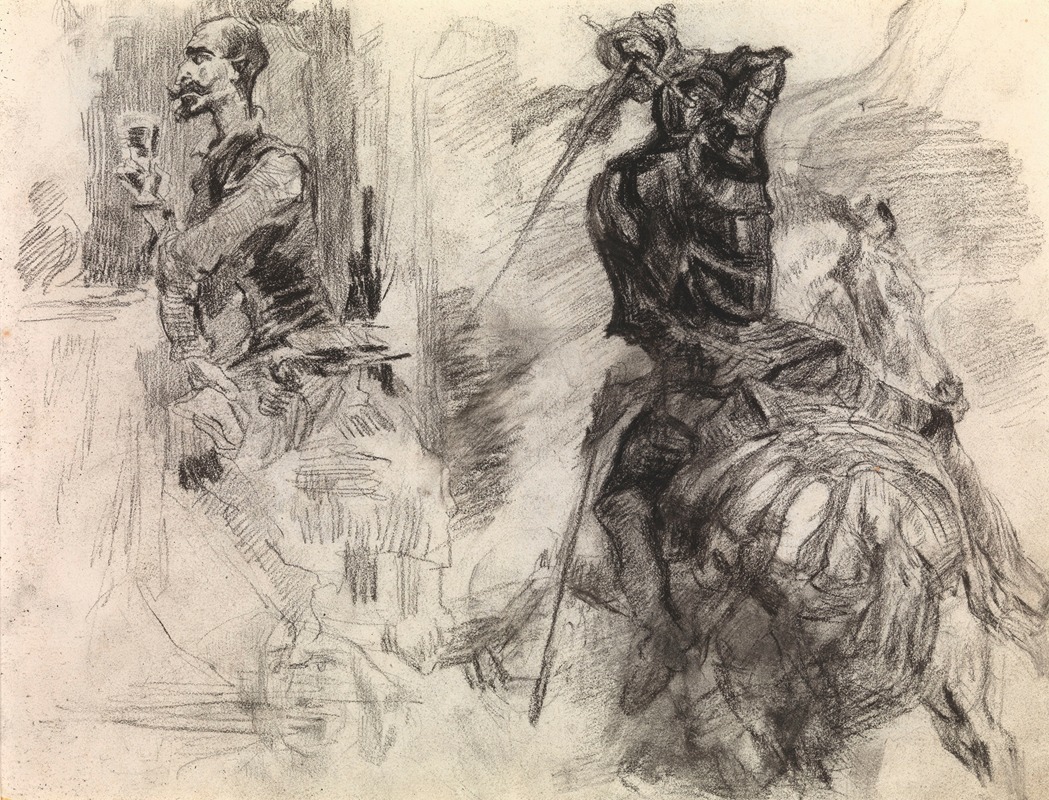
Don Quixote
A hand-painted replica of James Ensor’s masterpiece Don Quixote, meticulously crafted by professional artists to capture the true essence of the original. Each piece is created with museum-quality canvas and rare mineral pigments, carefully painted by experienced artists with delicate brushstrokes and rich, layered colors to perfectly recreate the texture of the original artwork. Unlike machine-printed reproductions, this hand-painted version brings the painting to life, infused with the artist’s emotions and skill in every stroke. Whether for personal collection or home decoration, it instantly elevates the artistic atmosphere of any space.
James Ensor, a Belgian painter and printmaker associated with the Symbolist movement, is known for his distinctive and often surreal works that explore themes of absurdity, mortality, and the grotesque. Among his many creations, Ensor produced a painting titled Don Quixote, which reflects his interest in literary and cultural figures. However, specific details about this particular work, including its creation date, medium, and current location, are not widely documented in art historical records.
Ensor's fascination with the character of Don Quixote, the titular protagonist of Miguel de Cervantes' celebrated 17th-century novel, aligns with his broader artistic themes. Don Quixote, a figure who blurs the line between reality and illusion, resonates with Ensor's exploration of fantastical and dreamlike imagery. Ensor often depicted figures from literature, mythology, and religion, reinterpreting them through his unique artistic lens.
While Ensor's oeuvre includes numerous paintings, drawings, and prints, detailed information about his Don Quixote painting is limited. Scholars and art historians have noted Ensor's tendency to infuse his works with satirical and allegorical elements, which may also be present in this piece. However, without further documentation or analysis, it is difficult to provide a comprehensive description of the painting's composition, style, or intended meaning.
Ensor's broader body of work is characterized by vibrant colors, expressive brushwork, and a penchant for the macabre and theatrical. His art often challenges conventional norms and reflects his critical view of society. These qualities may also inform his interpretation of Don Quixote, a character who embodies idealism and defiance of societal expectations.
In summary, while James Ensor's Don Quixote is a known title within his artistic repertoire, specific details about the painting remain scarce. Further research or access to additional sources would be necessary to provide a more thorough account of this work.





